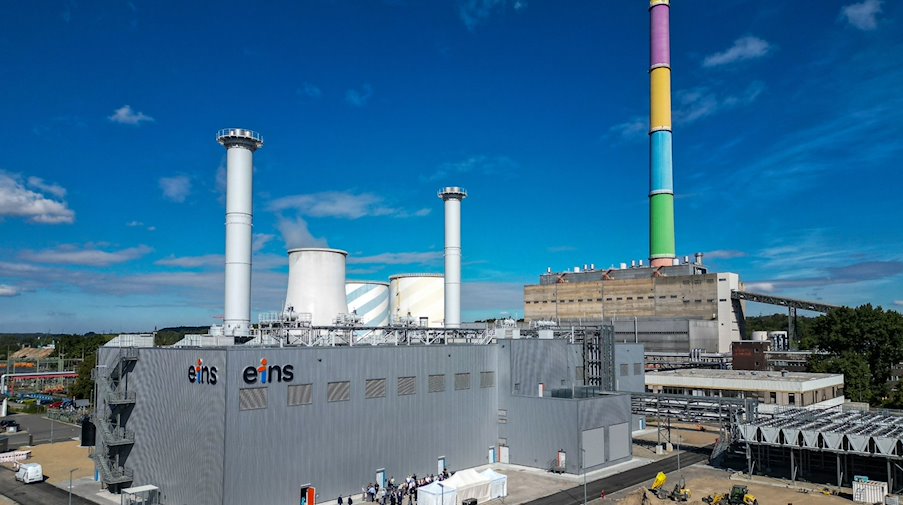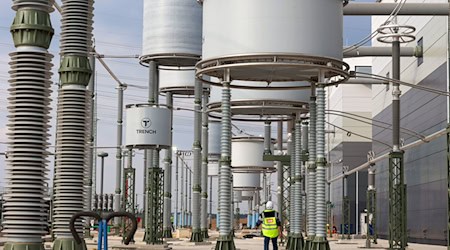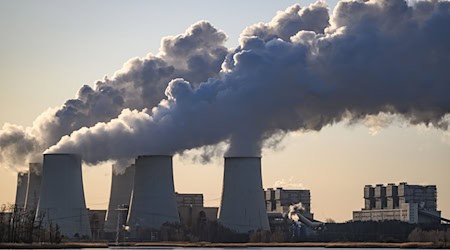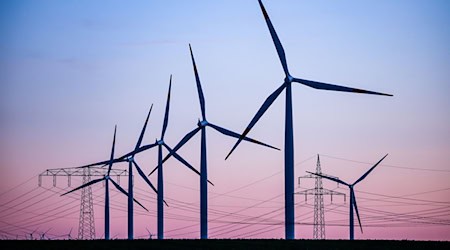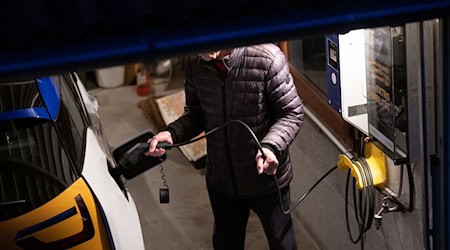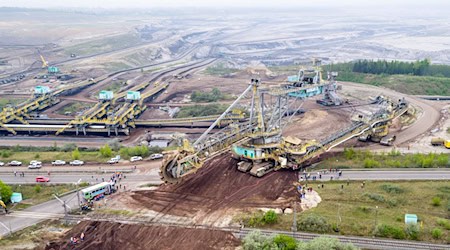The plug will be pulled on Chemnitz' lignite-fired power plant at the beginning of 2024. The two units, which supply eastern Germany's fourth-largest city with heat and electricity, will be replaced by two gas-fired engine power plants. They were officially commissioned on Monday. This will reduce CO2 emissions by 60 percent, said Roland Warner, managing director of Energy One. That's about as much as 230,000 passenger cars emit, he said. Warner spoke of a "historic step" for the city in the direction of climate neutrality.
The planning for the conversion of the energy supply reportedly goes back about 8 years. In total, the company is investing about 400 million euros, of which about 220 million euros are for new power generation plants. At the same time, Eins is now getting out of coal earlier than originally planned. Initially, only one block was to go off the grid this year, the other only at the end of 2029.
The power plant blows so far just under a million tons of CO2 a year into the air and is considered the largest emitter of the climate-damaging gas in the region. For this purpose, lignite is brought in by freight train from the Leipzig area: in summer about 2,000 tons, in winter about 4,500 tons a day. The supply contract expires at the end of the year, Warner reported. The storage facility will then be emptied before the smoke from the 300-meter-high vent dries up. However, the chimney, which is visible from afar, is to be preserved. It was designed by artist Daniel Buren and is considered a work of art.
In the future, electricity and heat for Chemnitz will be supplied by twelve giant engines at two locations. According to the information, they can be operated not only with natural gas but also with biogas, synthetic gas and up to 20 percent hydrogen admixture to further improve the climate balance. In addition, they can be used more flexibly than the previous coal-fired units and can be switched on in modules within a few minutes. However, this is also accompanied by a reduction of around 60 jobs, as fewer staff are required for operation.
"A coal-free era is now beginning for Eins and Chemnitz," Warner said. But he said the new plants are only a transitional technology on the way to climate neutrality. A plant is already under construction that will use electricity to generate district heating like a giant immersion heater - for example, with electricity from solar and wind plants. In addition, plans and considerations were underway for the construction of a wood-fired power plant, large-scale heat pumps and a waste-to-energy plant.
The service life of the engines now started in the two new power plants is stated at about 15 years. Then they could be replaced by a new generation of engines that can run on up to 100 percent hydrogen, Warner explained. He said there are already "intensive talks" with manufacturer MAN on this.
Copyright 2023, dpa (www.dpa.de). All rights reserved

